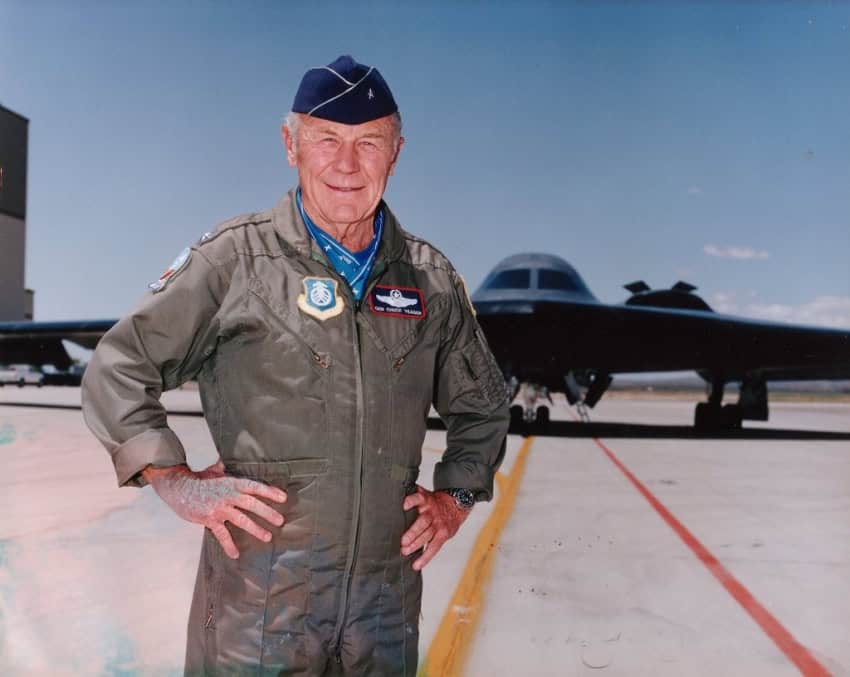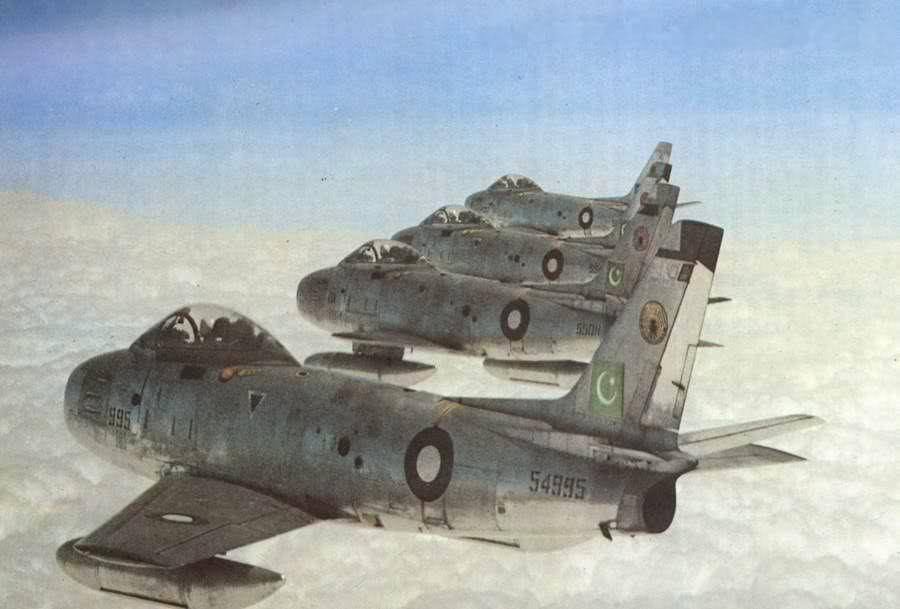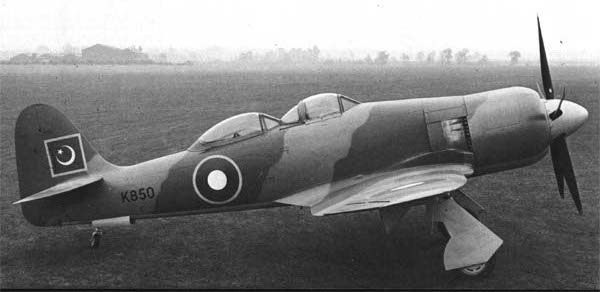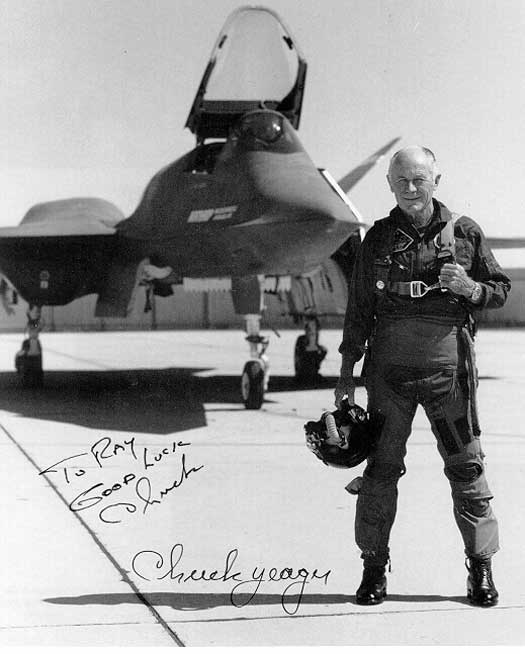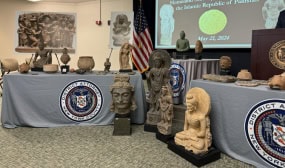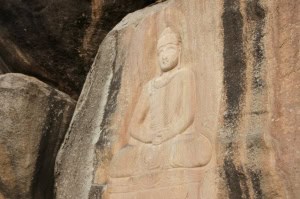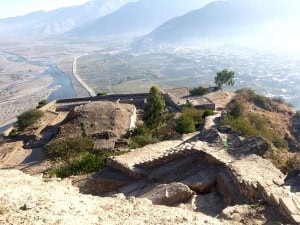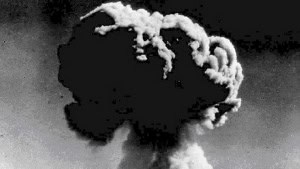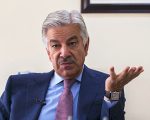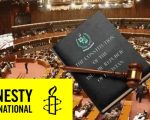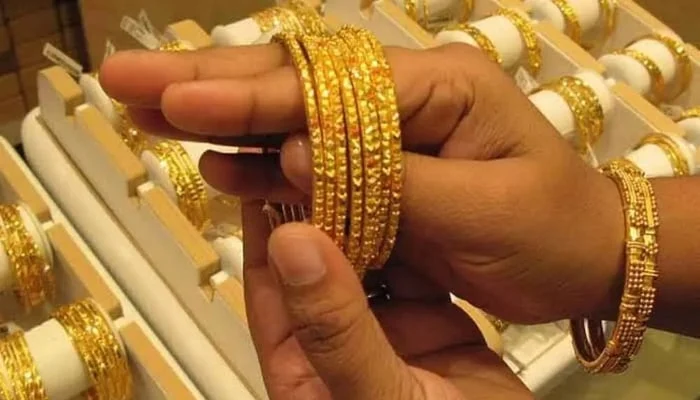LAHORE (Staff Report) – Charles Yeager, a retired brigadier general in the United States Air Force and record-setting test pilot, was posted to Pakistan as the US Defense Representative from 1971 to 1973, during the Indo-Pak war on East Bangladesh. Yeager provided the Pakistan Air Force (PAF) with a great opportunity to learn from someone who was at that time the most experienced and perhaps the best fighter pilot in the world.
In 1947, he became the first pilot confirmed to have traveled faster than sound.
The PAF and its fighter pilots learnt as much as they could in that short period.
During the war, he was constantly at hand to advise and organise the PAF’s defences. After the war ended, Chuck Yeager, who had experienced it first had, briefed at length the PAF on what it had done right and on what it had done wrong.
Many of Chuck Yeager’s training and combat advice to the PAF was incorporated into PAF training and combat tactics manuals. Chuck Yeager’s affiliation with the PAF was an honour to it. The PAF remains the only foreign air force in the world to have received Chuck Yeager’s admiration – a recommendation which the PAF is proud of.
Here is how he admired the Pakistan Air Force, in his own autobiography:
“When we arrived in Pakistan in 1971, the political situation between the Pakistanis and Indians was really tense over Bangladesh, or East Pakistan, as it was known in those days, and Russia was backing India with tremendous amounts of new airplanes and tanks. The US and China were backing the Pakistanis.
My job was military adviser to the Pakistani air force, headed by Air Marshal Rahim Khan, who had been trained in Britain by the Royal Air Force, and was the first Pakistani pilot to exceed the speed of sound. He took me around to their different fighter groups and I met their pilots, who knew me and were really pleased that I was there.
They had about five hundred airplanes, more than half of them Sabres and 104 Starfighters, a few B-57 bombers, and about a hundred Chinese MiG-19s. They were really good, aggressive dogfighters and proficient in gunnery and air combat tactics. I was damned impressed. Those guys just lived and breathed flying.”
One of Yeager’s first jobs there was to help them put US Sidewinders on their Chinese MiGs, which were 1.6 Mach twin-engine airplanes that carried three thirty-millimeter canons. The US government had furnished them with the rails for Sidewinders. Pakistan bought the missiles and all the checkout equipment that went with PAF, and Yeager had an interesting experience watching PAF electricians wiring up American missiles on a Chinese MiG.
He writes: “I worked with their squadrons and helped them develop combat tactics. The Chinese MiG was one hundred percent Chinese-built and was made for only one hundred hours of flying before it had to be scrapped – a disposable fighter good for one hundred strikes. In fairness, it was an older airplane in their inventory, and I guess they were just getting rid of them. They delivered spare parts, but it was a tough airplane to work on; the Pakistanis kept it flying for about 130 hours.
War broke out only a couple of months after we had arrived, in late November 1971, when India attacked East Pakistan. The battle lasted only three days before East Pakistan fell. India’s intention was to annex East Pakistan and claim it for themselves. But the Pakistanis counter-attacked.
Air Marshal Rahim Khan laid a strike on the four closest Indian air fields in the western part of India, and wiped out a lot of equipment. At that point, Indira Gandhi began moving her forces toward West Pakistan, and President Nixon sent an ultimatum: An invasion of West Pakistan would bring the US into the conflict.
Meanwhile, all the Muslim countries rallied around Pakistanis and began pouring in supplies and manpower. China moved in a lot of equipment, while Russia backed the Indians all the way. So, it really became a kind of surrogate war – the Pakistanis, with US training and equipment, versus the Indians, mostly Russian-trained, flying Soviet airplanes.
The Pakistanis whipped their [Indians’] a**es in the sky, but it was the other way around in the ground war. The air war lasted two weeks and the Pakistanis scored a three-to-one kill ratio, knocking out 102 Russian-made Indian jets and losing thirty-four airplanes of their own. I’m certain about the figures because I went out several times a day in a chopper and counted the wrecks below.
I counted wrecks on Pakistani soil, documented them by serial number, identified the components such as engines, rocket pods, and new equipment on newer planes like the Soviet SU-7 fighter-bomber and the MiG-21 J, their latest supersonic fighter.
The Pakistani army would cart off these items for me, and when the war ended, it took two big American Air Force cargo lifters to carry all those parts back to the States for analysis by our intelligence division.
I didn’t get involved in the actual combat because that would’ve been too touchy, but I did fly around and pick up shot-down Indian pilots and take them back to prisoner-of-war camps for questioning. I interviewed them about the equipment they had been flying and the tactics their Soviet advisers taught them to use. I wore a uniform or flying suit all the time, and it was amusing when those Indians saw my name tag and asked, “Are you the Yeager who broke the sound barrier?” They couldn’t believe I was in Pakistan or understand what I was doing there. I told them, “I’m the American Defense Rep here. That’s what I’m doing.”
India flew numerous raids against the Pakistani air fields with brand new SU-7 bombers being escorted in with MiG 21s. On one of those raids, they clobbered my small Beech Queen Air that had US Army markings and a big American flag painted on the tail. I had it parked at the Islamabad airport, and I remember sitting on my front porch on the second day of the war, thinking that maybe I ought to move that airplane down to the Iranian border, out of range of the Indian bombers, when the damned air-raid siren went off, and a couple of Indian jets came streaking in overhead. A moment later, I saw a column of black smoke rising from the air field. My Beech Queen was totaled. It was the Indian way of giving Uncle Sam the finger.
I stayed on in Pakistan for almost a year after the war ended, and it was one of the most enjoyable times of my life. From 1972 until we came home in March 1973, I spent most of my time flying in an F-86 Sabre with the Pakistani fighter outfits. I dearly loved the Sabre, almost as much as I enjoyed the P-51 Mustang from World War II days. It was a terrific airplane to fly and I took one to see K-2, the great mountain of Pakistan and the second highest mountain in the world, about an hour’s flight away [from Islamabad] at over 28,000 feet.
It’s a fabulous peak, as awesome and beautiful as any on earth, located in the middle of a high range that runs the length of the Chinese-Pakistani border. We actually crossed over into China to get there, and I’ve got some pictures of me in my cockpit right smack up against the summit. I made two or three trips up to K-2 – real highlights. I also did some bighorn sheep hunting in the Himalayan foothills. Susie owned a little Arabian mare. She took her horse when I went hunting and actually learned some of the Urdu language of the mountain people.”
Courtesy: Pakistan Defence Forum

